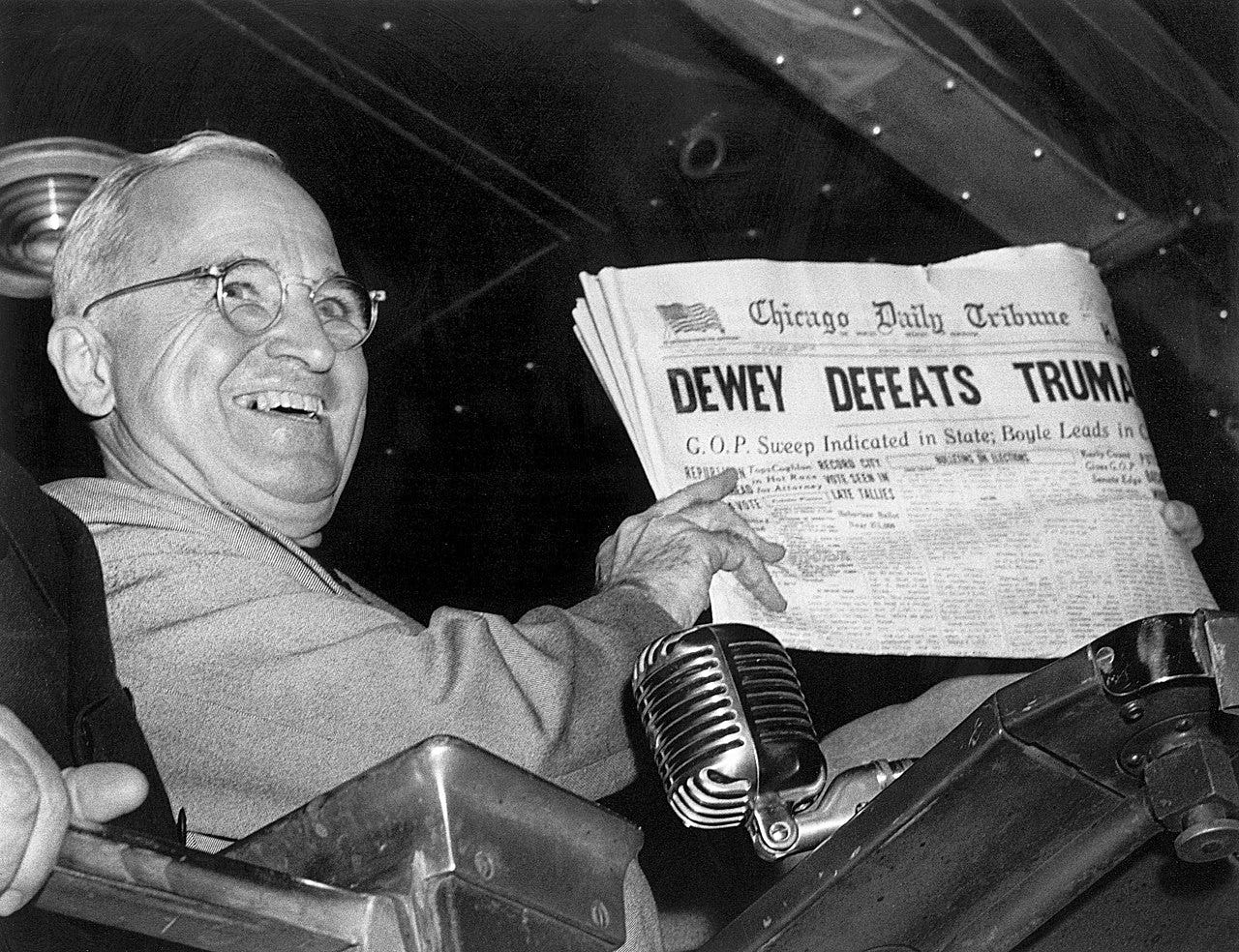Bonfire of Your Political Models
Politics, government, and the law are far stranger than you imagine. If your goal is to understand how these things work, you must embrace what is true, and your models must account for what is true.
One of Maximum New York’s principal goals is to help New Yorkers understand how their government works. This is complicated immediately by the fact that many people, not having looked into it at all, are convinced that they already do. This is one of the largest challenges of teaching government.
So what do you do?
Tell stories that challenge common political models. Open cracks to let in curiosity. Let’s look at three common, but easily broken, models—one each from the city, state, and federal levels of government.
Model #1: Republican-appointed Supreme Court justices never expand gay rights
“…Congress adopted broad language making it illegal for an employer to rely on an employee’s sex when deciding to fire that employee. We do not hesitate to recognize today a necessary consequence of that legislative choice: An employer who fires an individual merely for being gay or transgender defies the law.” —Justice Neil Gorsuch
This model is broken immediately by Associate Justice Neil Gorsuch, a Republican appointee, who wrote the words above in 2020’s Bostock v. Clayton County.
If you embraced Model #1, ask yourself: how common is this? How would you check? Had you heard of Bostock before? What if it’s much more common than you suspect?
Model #2: NYC’s largest budget item is the NYPD
Frankly, it’s not even close. The largest budget item by far is the city’s Department of Education (DOE).
Fully one-third of NYC’s annual operating (expense) budget goes to the DOE. This is about $37.5 billion dollars, compared to the NYPD’s $11 billion.
New York spends more per pupil than anywhere else in the country. I broke the budget down here:
If you embraced Model #2, ask yourself why. Did you ever look at the actual city budget?
Model #3: The United States is completely polarized along party lines
There’s a lot to unpack in this particular model (what does “polarized” specifically mean, for example), but I’ll throw a brick through it instead.
When a legislature is first seated in the U.S., whether at the state, local, or federal level, the first thing it does is select a presiding officer.
When the new Ohio House of Representatives was seated in January 2023, state Republicans possessed 67 of the 99 seats in the chamber (a supermajority). When the time came to select their presiding officer, the speaker, what do you imagine happened?
What actually happened: all 32 Democrats in the chamber voted together with 22 Republicans to select a coalition speaker. Clearly party polarization hasn’t gotten so far as to prevent that from happening.
If you embraced Model #3, ask yourself what you had done to verify the totality of our polarization. Why had you never heard of the Ohio House? What else haven’t you heard of?
Get better models, have a better time
If you’re already pulling against the reins, let me reassure you. The point of this essay isn’t to convince you of anything other than this: political reality, government, and the law are far stranger than you imagine. If your goal is to understand how things work, you must embrace what is true, and your models must account for what is true—or at least hold them at arm’s length while wondering how to incorporate them.
I selected the examples above because they stand in such obvious, clean defiance of some common political models, and because they’re relatively easy to check. I wrote about three, but there are a functionally unlimited number of examples.
They should make you stop and think: “Wait, if my model wouldn’t have predicted this, if it in fact breaks as a result, how good is my model? What else does it get wrong? How can it be better?”
And if you get better models, together with a robust, practical understanding of how your government works, you can pursue novel political affordances. Many people also become more optimistic when this happens, because overly simplistic political models are often the unwarrantedly pessimistic ones.




Love the concept of this article and I'd love to see more posts like it. Would love to read an article even for each of the points above and more like them.
"Here's a frame breaking example and here's some data showing whether the frame breaking example is an outlier event or part of a larger trend."